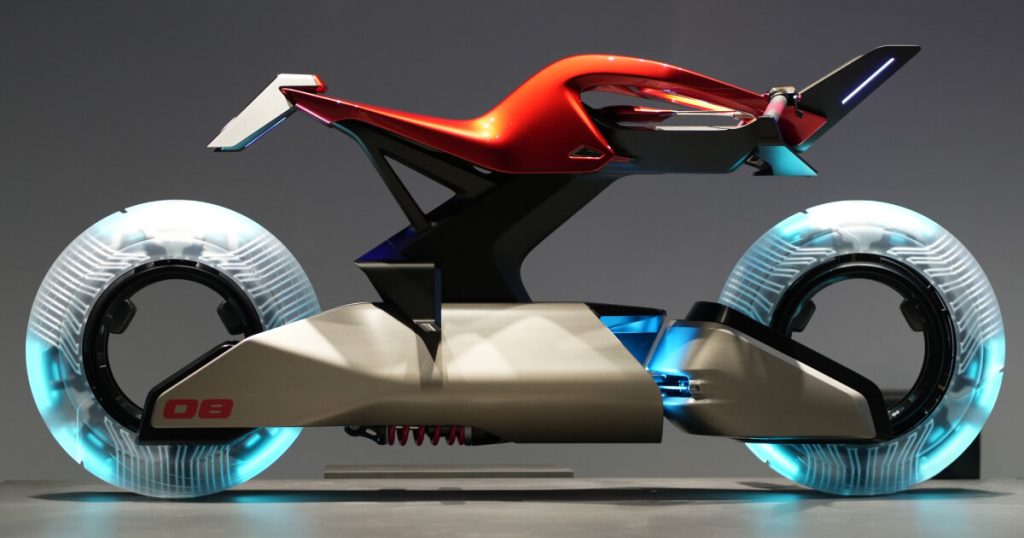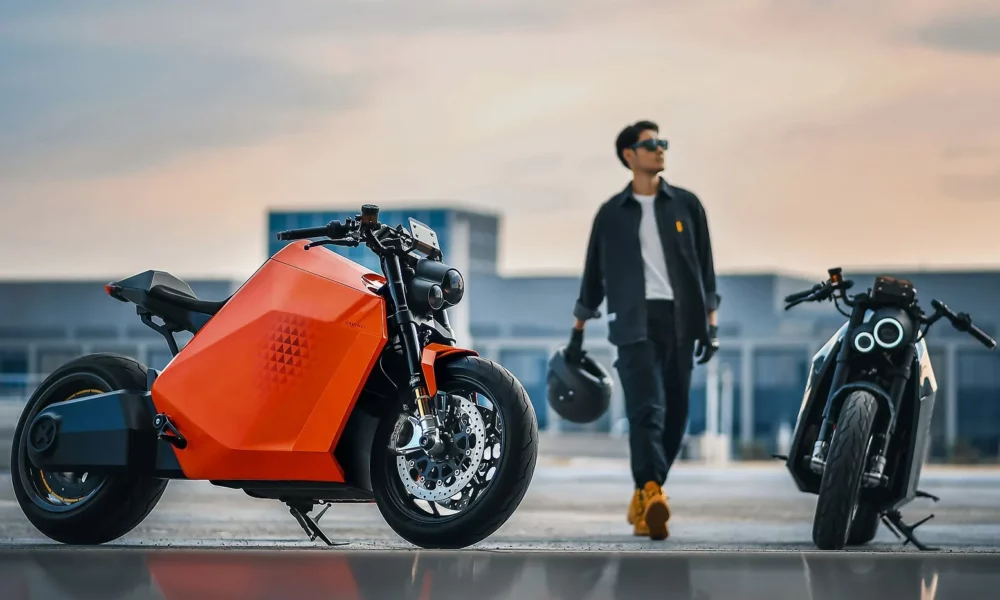The motorcycle industry is entering a new phase as artificial intelligence (AI) transforms every aspect of the riding experience. From design and manufacturing to safety, operation, and maintenance, AI’s influence is reshaping how we approach mobility and security on two wheels.
AI is revolutionizing how motorcycles are designed. It can analyze customer feedback and preferences to help manufacturers create bikes tailored to specific needs. Yamaha’s MOTOROiD, for example, uses AI to recognize its owner and interact, offering a glimpse of personalized design in action.
AI-driven safety features are rapidly being integrated into motorcycles. Honda’s Riding Assist technology helps maintain balance at low speeds, while BMW’s ConnectedRide system alerts riders to potential hazards, enhancing road safety.
AI is pushing motorcycles toward autonomy. Yamaha’s MotoBot, an autonomous robot, demonstrates the future of self-riding motorcycles. It can navigate tracks and even compete with professional riders, showing the potential for fully autonomous two-wheelers.
Maintenance and Diagnostics
AI is improving bike maintenance by predicting issues before they arise. Ducati’s Multistrada 1260, for example, uses AI for its Vehicle Hold Control system, which helps prevent the bike from rolling back on hills.
AI facilitates Vehicle-to-Everything (V2X) communication, allowing motorcycles to interact with other vehicles and infrastructure. Suzuki’s Intelligent Energy System allows motorcycles to share power with the grid or other vehicles, optimizing energy use.
Motorcycles now adapt to individual riders. Kawasaki’s Rideology app connects to the bike’s onboard system, providing insights into performance and health while allowing riders to adjust settings based on AI feedback.
Also Read: Top 10 Cruiser Motorcycles Perfect for Long Road Trips and Everyday Comfort
The Evolution of Smart Motorcycles
Smart features powered by AI are becoming standard in motorcycles. From autonomous systems to predictive maintenance, motorcycles are becoming more intuitive and connected.

With innovations like BMW’s R 1200 GS prototype, AI is helping bikes operate autonomously, enhancing rider comfort and safety.
AI enhances safety with predictive collision avoidance, dynamic stability control, and adaptive cruise control. AI also monitors rider behavior, helping detect fatigue or distraction, while intelligent helmets can automatically alert emergency services in the event of an accident.
Machine learning allows motorcycles to adapt to individual preferences. From adjusting performance tuning to customizing routes and riding styles, AI tailors the experience, ensuring every ride is optimized for the rider’s needs.
Motorcycles are no longer isolated machines but part of a connected network. AI-driven bikes can communicate with traffic systems, improving traffic flow and rider safety. The technology even allows motorcycles to alert emergency services in case of an accident, providing real-time location data.
As autonomous and semi-autonomous motorcycles continue to develop, AI promises to reshape how we think about mobility. Challenges remain, such as regulatory compliance and infrastructure limitations, but the potential benefits in safety, efficiency, and rider experience are immense.
Integrating AI into motorcycles brings concerns like data security, ethical decision-making, and human-machine interaction. These challenges will need careful attention as the technology advances, ensuring a balance between innovation and rider safety.
Also Read: Top 15 Electric Motorcycles of 2024 Offering Vintage Style and Impressive Long-Range Performance
AI is set to drive motorcycle innovation forward, from predictive analytics and autonomous features to personalized riding experiences and enhanced connectivity. The future of motorcycles is bright, with AI making bikes smarter, safer, and more in tune with riders’ needs.
As AI continues to evolve, the future of motorcycling looks more connected, intelligent, and responsive than ever before.

